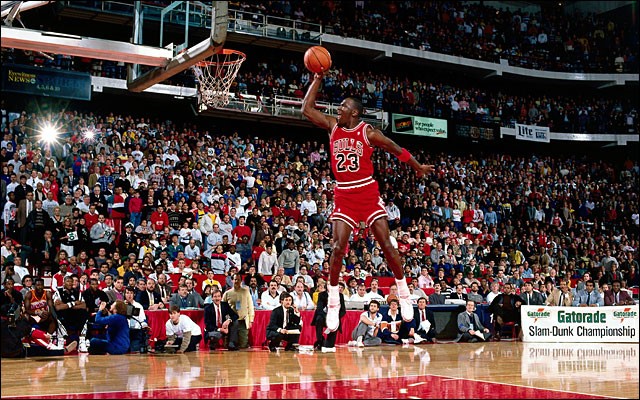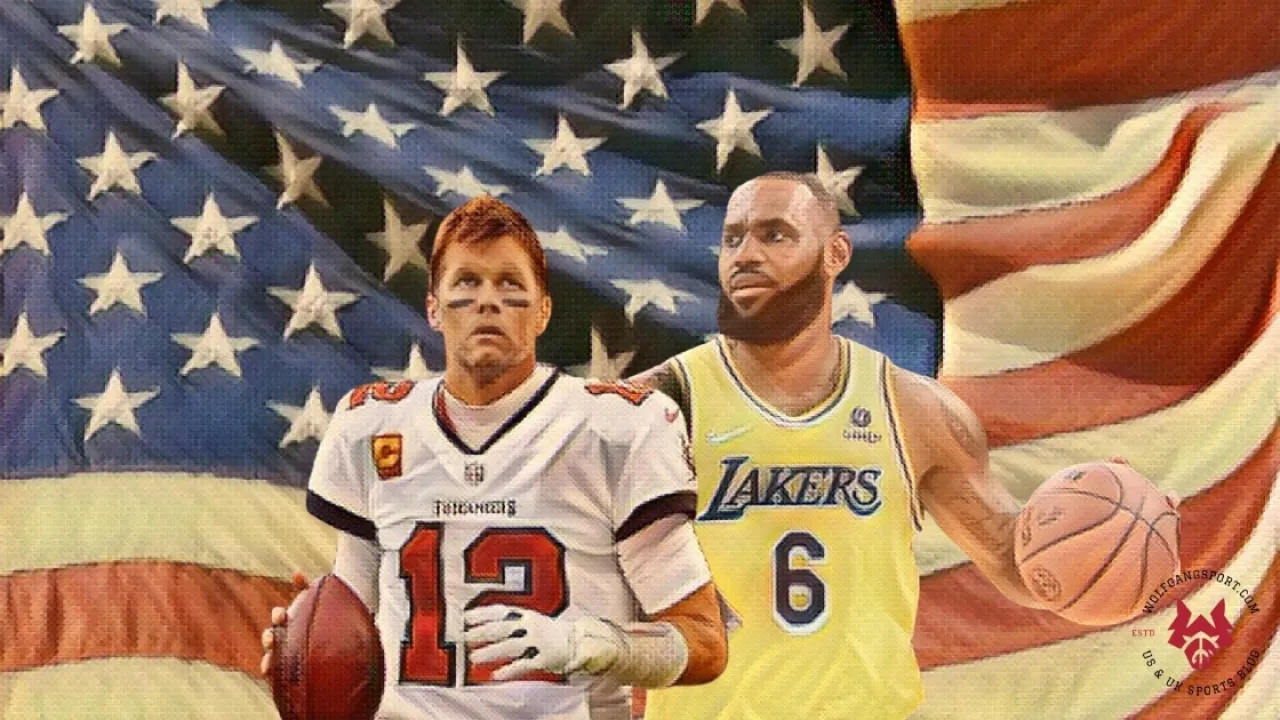Introduction
Sports have long been considered a unifying force, transcending racial and ethnic boundaries, and providing a platform for talent and hard work to shine. However, despite the progress made over the years, racial inequality continues to cast a shadow over the world of American sports. From the disproportionate representation of Black athletes in lower-paying positions to the lack of diversity in coaching and executive roles, the journey towards true equality in sports has been marked by both triumphs and setbacks. This blog explores the historical instances of racial inequality in American sports, how the sports landscape has evolved, and the ongoing efforts to address these disparities in today’s sporting ecosystem.

Historical Context: A Legacy of Disparities
Jackie Robinson’s entry into Major League Baseball (MLB) stands as a pivotal moment in American sports history, marked by his unwavering courage, determination, and resilience in breaking the color barrier. In 1947, Robinson became the first African American to play in the MLB in the modern era, signing with the Brooklyn Dodgers. This move was a seismic shift that challenged the deeply ingrained racial segregation that had plagued sports and society at large.
Robinson’s journey was far from easy. He faced intense racial prejudice, both on and off the field. Opposing players, fans, and even some teammates subjected him to racial slurs, threats, and discrimination. However, his exceptional talent and unshakable resolve ultimately earned him respect and admiration. Robinson’s performance on the field proved that racial barriers were baseless, as he quickly established himself as a formidable player, earning the 1947 Rookie of the Year award and becoming a crucial asset to the Dodgers’ success.
Beyond his athletic prowess, Jackie Robinson’s impact extended beyond the ballpark. His dignified demeanor in the face of adversity, his commitment to civil rights, and his refusal to retaliate against the hate he encountered turned him into an icon of progress and change. Robinson’s actions catalyzed a broader movement toward desegregation in sports and society, inspiring other Black athletes to challenge the status quo.
However, while Robinson’s breakthrough was a significant step forward, the road to equality was far from smooth. In the NFL and NBA, Black athletes found themselves often confined to physically demanding positions. This phenomenon, known as “stacking,” illustrates the systemic bias that limited their opportunities for leadership roles and higher-paying positions. In the NFL, Black players were disproportionately assigned to positions like running back, known for its rigorous physical demands, while quarterback positions, traditionally seen as leadership roles, remained predominantly occupied by white players.
Similarly, in the NBA, Black athletes were often relegated to positions like power forward, which required athleticism and physicality, but received less recognition and compensation compared to positions like shooting guard or small forward. This pattern reflected deeply entrenched stereotypes that equated Black athletes with physical prowess but questioned their ability to excel in roles requiring strategic thinking and decision-making.
Systemic bias in these leagues extended beyond player positions. Opportunities for coaching, managerial, and ownership roles were limited for Black individuals, further perpetuating a lack of representation at decision-making levels. These biases were rooted in historical prejudices that falsely associated racial identity with specific abilities and limitations.

Changing Landscapes: Progress and Challenges
The Rooney Rule, established in 2003 in the National Football League (NFL), stands as a significant and pioneering policy aimed at breaking down the racial barriers that have historically existed in American sports, particularly in coaching and executive positions. Named after Dan Rooney, the former owner of the Pittsburgh Steelers and chairman of the NFL’s Diversity Committee, the rule was implemented to address the glaring lack of diversity among head coaches and senior football operation positions.
At its core, the Rooney Rule mandates that NFL teams must interview at least one minority candidate for head coaching and senior football operation jobs. This rule applies whenever there is a coaching or senior football operations vacancy within a team. The purpose of this requirement is to ensure that minority candidates are given opportunities to be considered for these leadership positions, thereby expanding the pool of potential hires and challenging the longstanding biases that had hindered their progress.
The Rooney Rule represents a proactive approach to combating the deeply ingrained racial inequalities that had persisted within the NFL and other major sports leagues. By making it mandatory for teams to interview minority candidates, the rule seeks to eliminate any potential excuses for not considering diverse candidates due to implicit biases or the comfort of maintaining the status quo. It was recognized that merely creating equal opportunities would not be sufficient; a deliberate effort was needed to counteract the systemic biases that had led to the underrepresentation of minorities in coaching and executive roles.
Over the years, the Rooney Rule has played a crucial role in reshaping the landscape of American sports. While it hasn’t completely eradicated racial disparities, it has undeniably led to increased awareness and accountability. The rule has forced teams to engage with a broader range of candidates, helping to identify and nurture talented individuals who might have otherwise been overlooked. Moreover, it has initiated important conversations within the sports industry about the value of diversity and the need for equal representation at all levels of leadership.
Despite its impact, challenges persist. Critics argue that in some cases, teams may fulfill the requirement of interviewing minority candidates as a formality, without sincere consideration for their candidacy. Additionally, the rule has not yet resulted in a proportional increase in the number of minority head coaches. Despite the Rooney Rule’s intentions, the number of minority head coaches in the NFL remains disproportionately low. In the NBA, while progress has been made, there is still a notable underrepresentation of Black head coaches and executives.
Nonetheless, the Rooney Rule remains a pivotal step forward in the ongoing struggle for racial equality in sports. It has laid the foundation for future initiatives and serves as a reminder that breaking down deeply entrenched biases requires consistent effort, introspection, and a commitment to inclusivity.

Tackling Racial Inequality Today
In today’s sporting ecosystem, addressing racial inequality is a multifaceted endeavor that requires collaboration between athletes, leagues, organizations, and society at large. Several strategies are being employed to tackle these disparities head-on:
Increased Representation:
Sports leagues are proactively striving to unearth and nurture voices from traditionally marginalized backgrounds to assume pivotal roles in coaching, executive, and ownership spheres. This endeavor encompasses multifaceted approaches such as mentorship programs, designed to provide guidance and support, as well as leadership development initiatives that empower prospective candidates. Furthermore, leagues are actively engaging in focused recruitment endeavors to actively seek out talent that has historically been underrepresented. These collective actions underscore a commitment to fostering diversity, thereby enriching decision-making processes and promoting equitable opportunities across the sporting landscape.
Education and Awareness:
Raising awareness about racial inequalities in sports and society is an essential endeavor that holds the power to ignite transformative change. Modern athletes have assumed roles beyond their fields, leveraging their platforms to courageously address discrimination and drive social progress. Their activism sparks vital dialogues that question established norms and compel collective self-reflection. By shedding light on the injustices that persist in the realm of sports and the broader society, these athletes initiate conversations that not only challenge the existing status quo but also foster a climate of inclusivity and equity. Their actions transcend sports, serving as a catalyst for broader societal transformation.
Policy Reforms:
In an ongoing effort to enhance diversity within various leagues, policy reforms are taking center stage. Leagues are proactively reevaluating and fine-tuning existing policies, with a spotlight on initiatives like the Rooney Rule, designed to foster inclusivity. These periodic reviews guarantee that these measures continue to hold relevance and efficacy in the face of ever-changing challenges. By staying adaptable and dynamic, leagues can ensure that their commitment to diversity remains unwavering, setting a precedent for equitable representation and opportunities within their respective domains. This approach underscores dedication to progress and reinforces the principle that diversity is not merely a goal but an ongoing journey.
Community Engagement:
Investing in communities and offering accessible sports programs to disadvantaged youth yields multifaceted benefits. Beyond fostering physical health, sports instill crucial life skills such as teamwork, discipline, and goal-setting. By engaging youth from diverse backgrounds, these initiatives break down societal barriers, nurturing understanding and empathy. Moreover, such efforts offer a platform for hidden talents, irrespective of economic constraints, thus promoting equal opportunity. As these young individuals develop skills, confidence, and a sense of belonging, they are more likely to excel in various aspects of life. Ultimately, investing in sports for underprivileged youth cultivates holistic growth, creating a more inclusive and promising society.

Conclusion
The journey towards eradicating racial inequality in American sports has seen remarkable progress, but it is far from complete. Historic instances of disparities have led to a heightened awareness of the need for change. While Black athletes have risen to prominence in various sports, systemic biases continue to limit their representation in leadership roles and higher-paying positions. The sports landscape is gradually evolving, with leagues implementing policies and initiatives aimed at fostering diversity and inclusivity.
As we move forward, it is important to acknowledge that addressing racial inequality requires ongoing commitment and collaboration. Athletes, leagues, organizations, and fans must all play a role in dismantling systemic biases and creating a truly equitable playing field. By learning from history, recognizing the challenges of the present, and collectively working towards a more inclusive future, American sports can continue to serve as a beacon of unity, talent, and progress.




